Page Not Found
Page not found. Your pixels are in another canvas. Read more
A list of all the posts and pages found on the site. For you robots out there is an XML version available for digesting as well.
Page not found. Your pixels are in another canvas. Read more
About me Read more
Published:
I am working on a physics experiment that involves muons that are stored in a magnetic field and are traveling along circular orbits. Their motion inside the magnetic field is quite complex and involves oscillations with different periods – essentially they are like a spinning top, but instead of precessing around only one axis, they can precess around three. Read more
Published:
I want to share a small project I did in which a 25 ps Time-to-Digital converter is implemented in an Artix-7 FPGA. The goal was to be able to measure tiny intervals between singals from two photomultiplier tubes. Finally, a fast digitizer was better suited for the job, but nevertheless the TDC works well and could be useful. Read more
Published:
In my experience adding matplotlib figures into Latex documents is not trivial
at all, unless you are satisfied with a simple non-vector png. I will try to
explain here how to export a figure into pgf, and how to include that in
your tex file later. The usual disclamer is valid here: it works on my
machine and I can’t guarantee that it will work on yours. As of now, I am using
python 3.9 and matplotlib 3.4. After the tutorial you can expect some
result as the one shown in the figure below.
Read more
Published:
Adding fancy drop caps in your LaTeX documents, like the one shown above, is quite easy! You only need to use the package lettrine. To do that, simply add this to your preamble: Read more
Published:
This is a short story with some pictures of my trip from Grenoble to Zürich, testing my new bike for a few days. Read more
Published:

A drawing of a comet. This was my first drawing on a tablet. It’s not very good, but it got me excited for digital drawings. The drawing was made on a Samsung Galaxy S6 Lite tabled with the S-pen. Read more
Published:
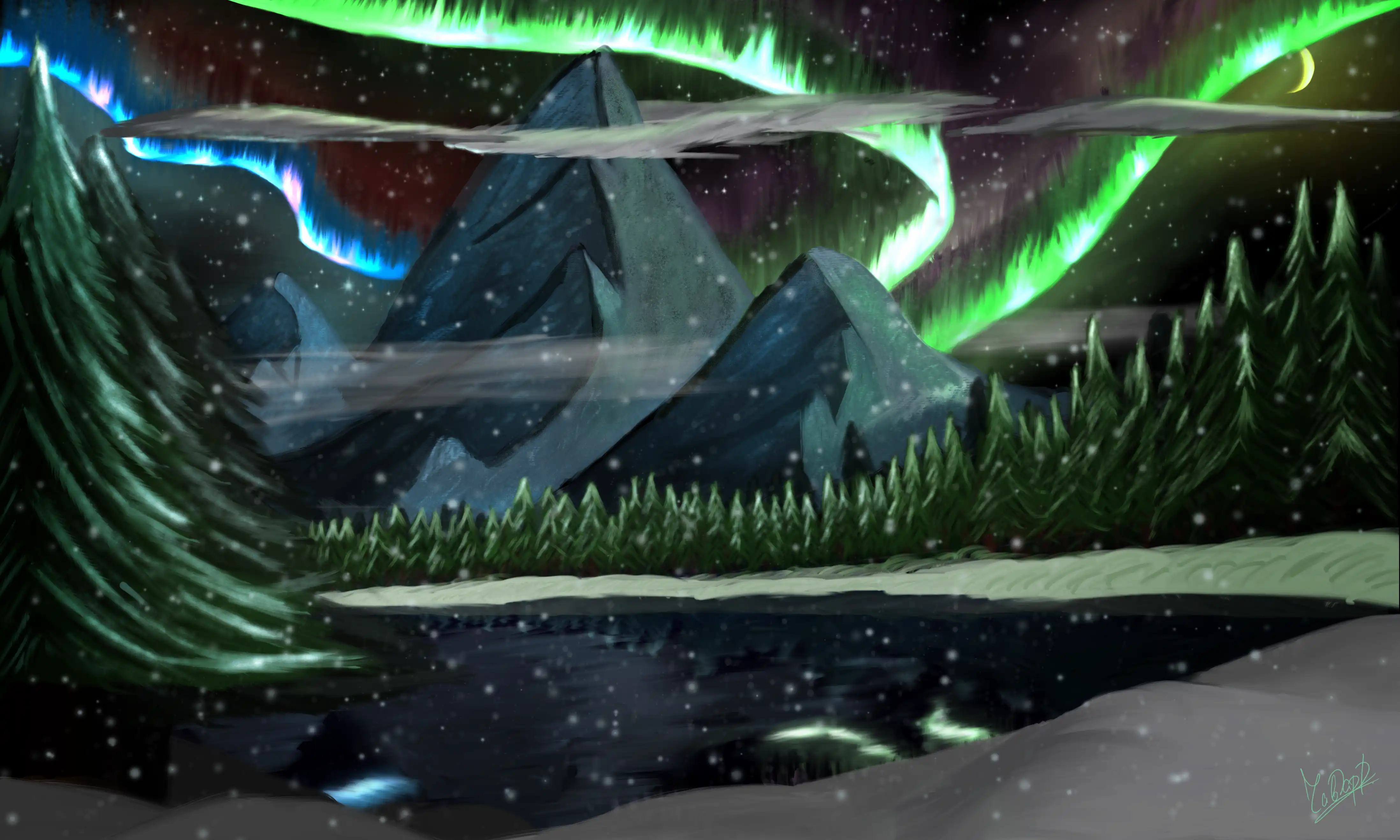
A drawing of the Northern Lights with mountains and a lake. The drawing was made on a Samsung Galaxy S6 Lite tabled with the S-pen. It’s a very nice device for drawing! Read more
Published:
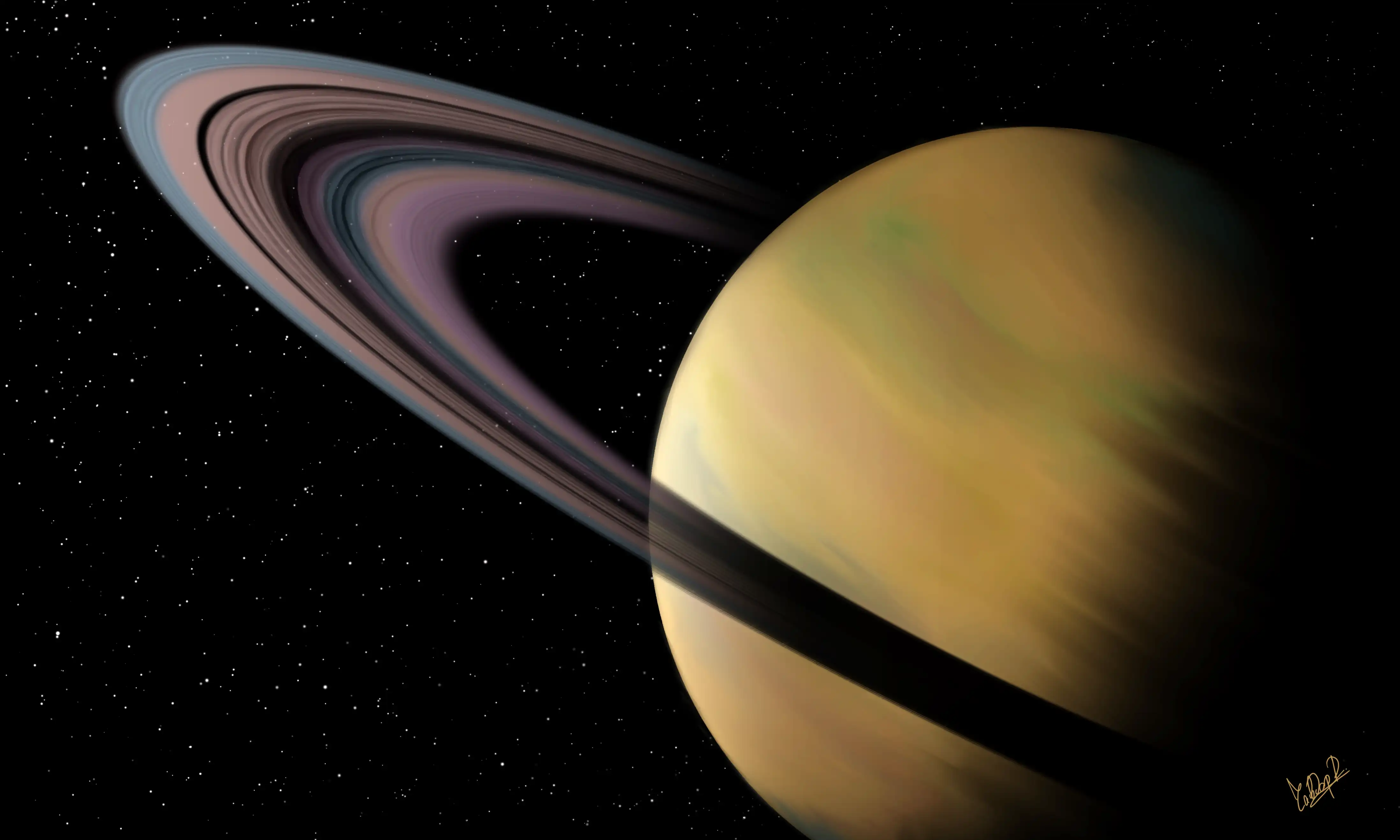
A drawing of Saturn and his majestic rings. The drawing was made on the Galaxy Tab S6 Lite with the Sketchbook app. Read more
Published:

Drawing of a scene in Paris where after an autumn rain the Eiffel tower is reflected in a puddle. The drawing was made on the Galaxy Tab S6 Lite with the Sketchbook app. Read more
Published:
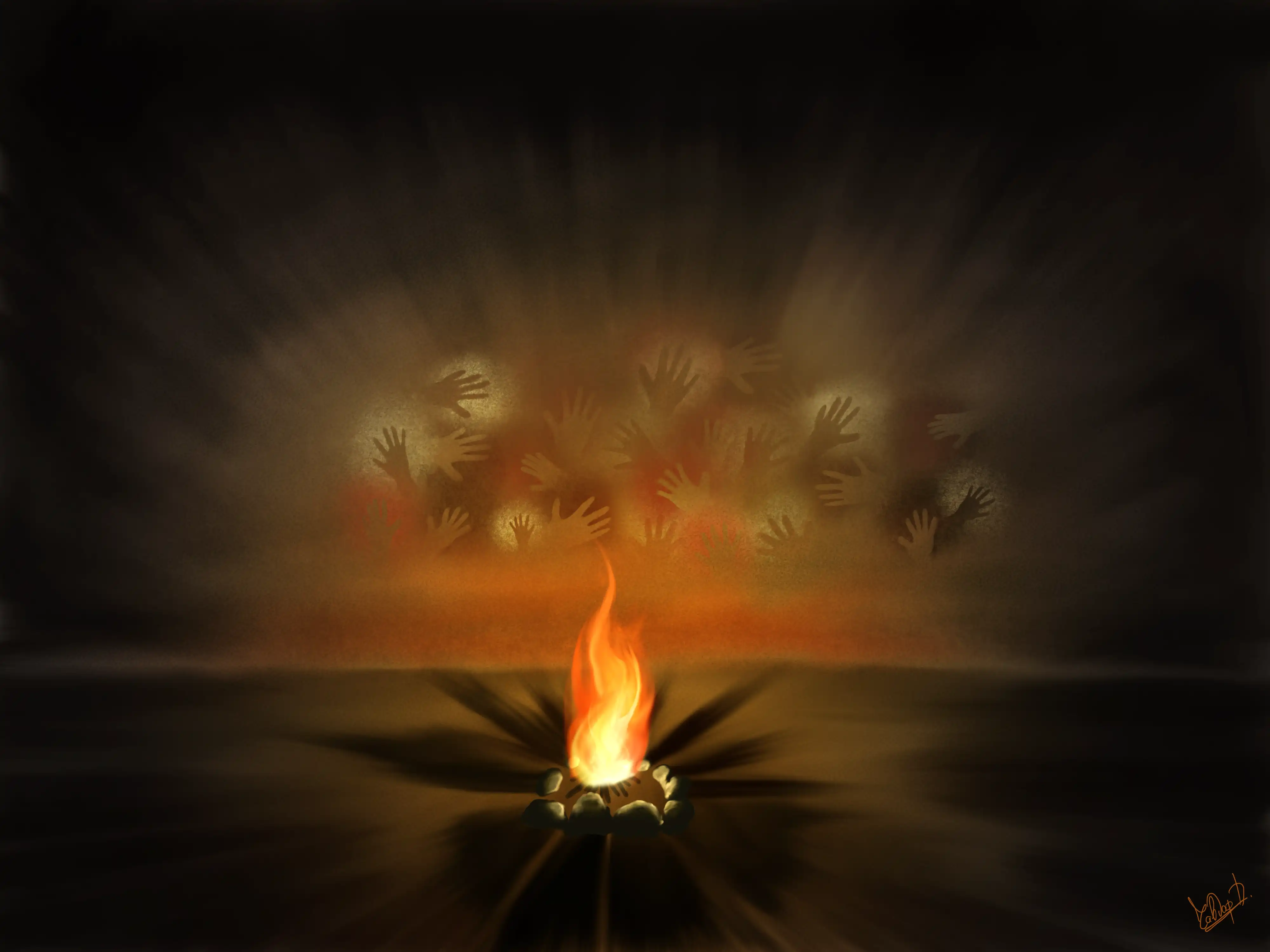
A drawing of the Altamira cave paintings lit by the fire. Read more
Published:

A drawing of a hand holding a blue kyber crystal used to construct a lightsaber. The drawing was made on the Galaxy Tab S6 Lite with the Sketchbook app. Read more
Published:
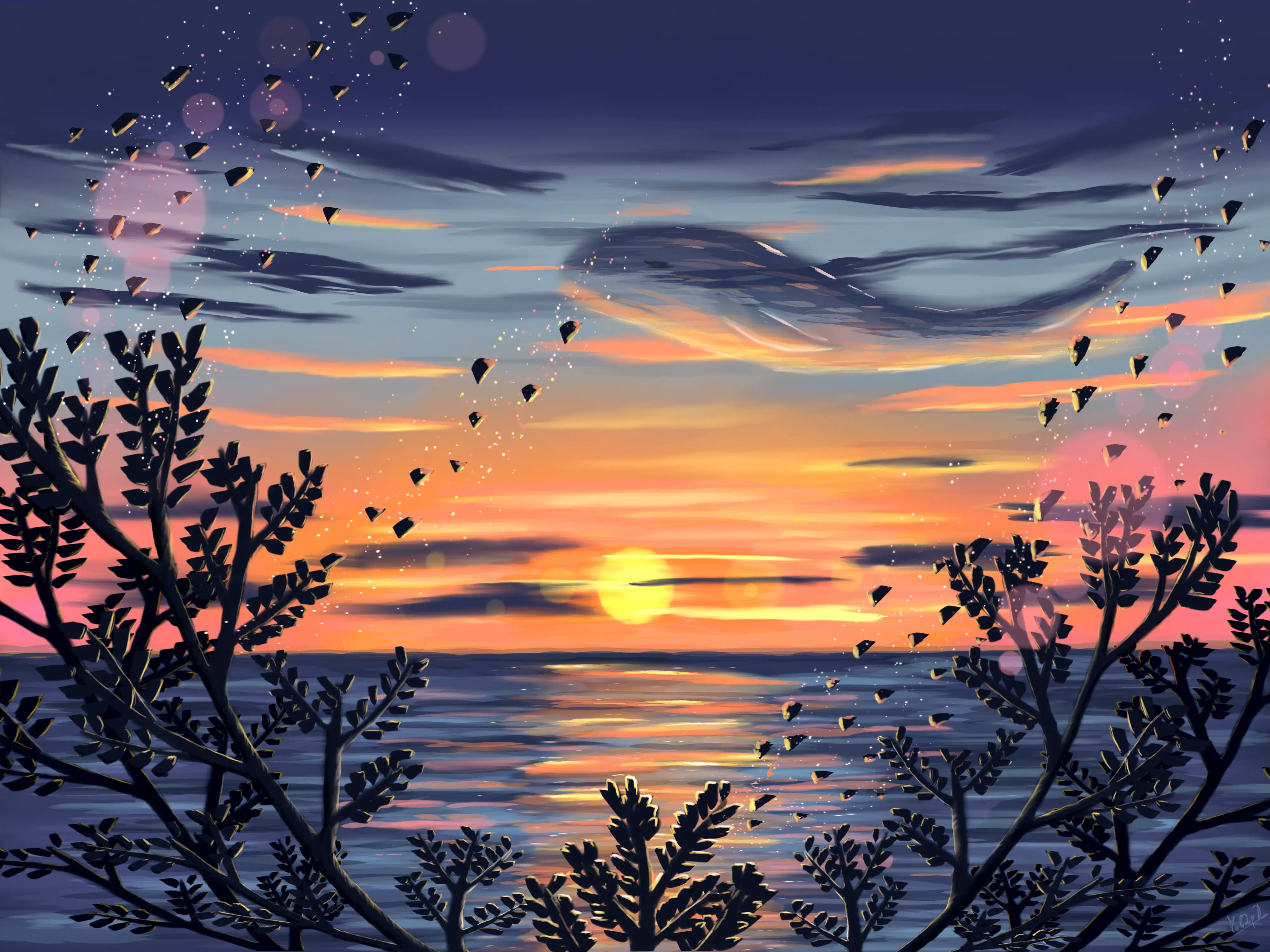
A drawing of a fantastical July morning at the Black Sea. The drawing was made on the Galaxy Tab S6 Lite with the Sketchbook app. It was heavily inspired by a drawing I saw on the PenUp app by this author. Read more
Published:
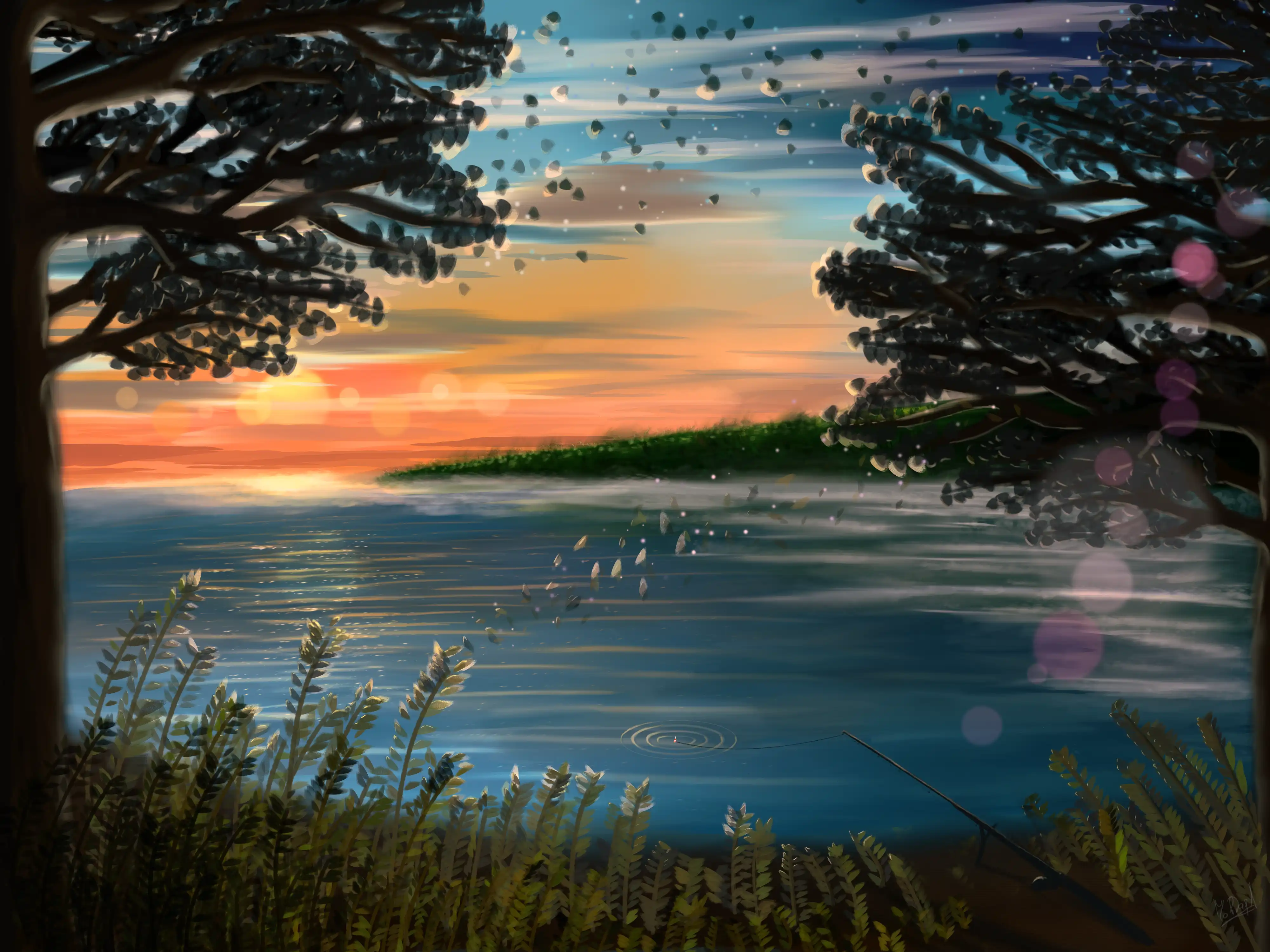
The drawing was made on the Galaxy Tab S6 Lite with the Sketchbook app. Read more
Published:
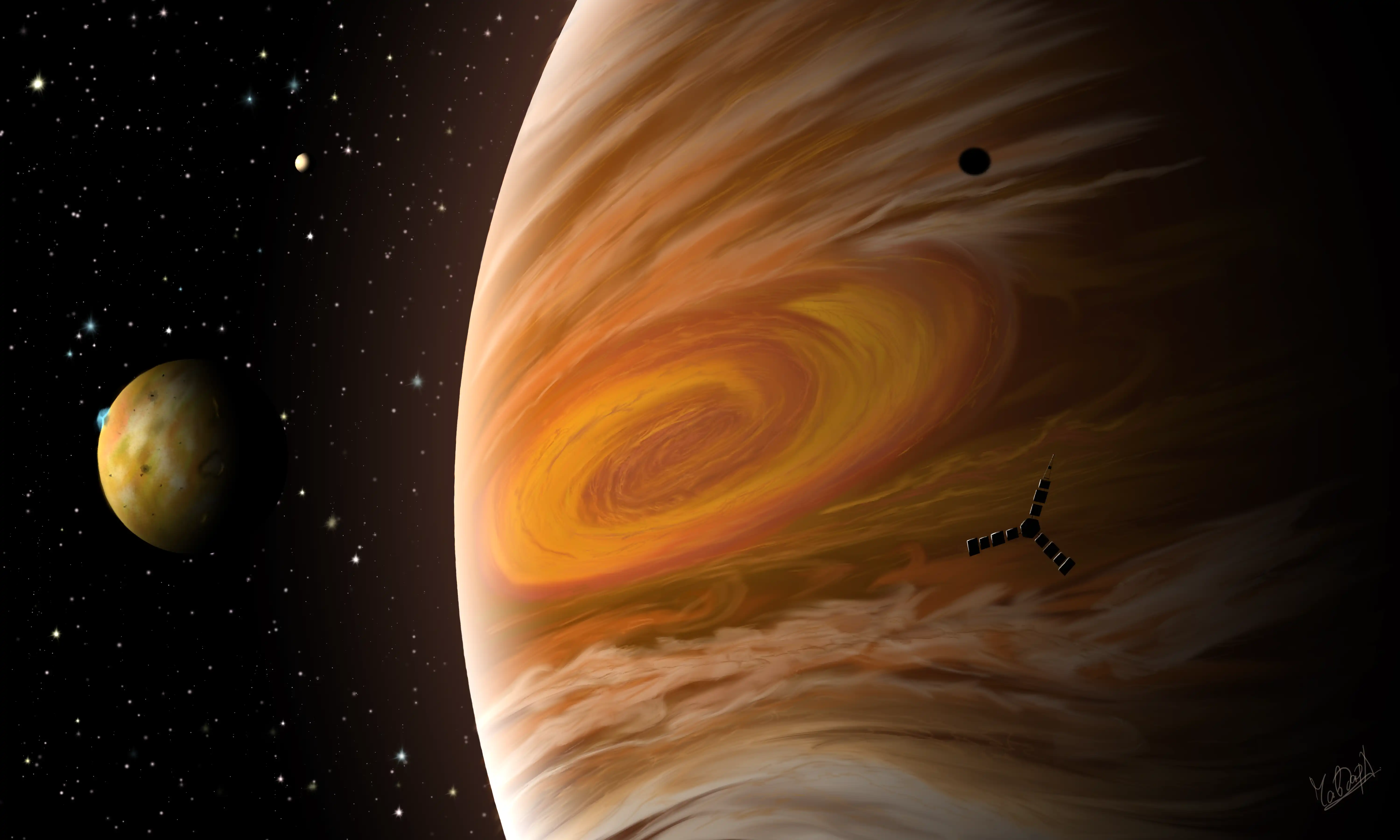
A drawing of Jupiter and its moon Io seen when the Juno spacecraft approaches them. Europa can be seen in the distance, casting its shadow over the gas giant. The drawing was made on the Galaxy Tab S6 Lite with the Sketchbook app. Read more
Published:
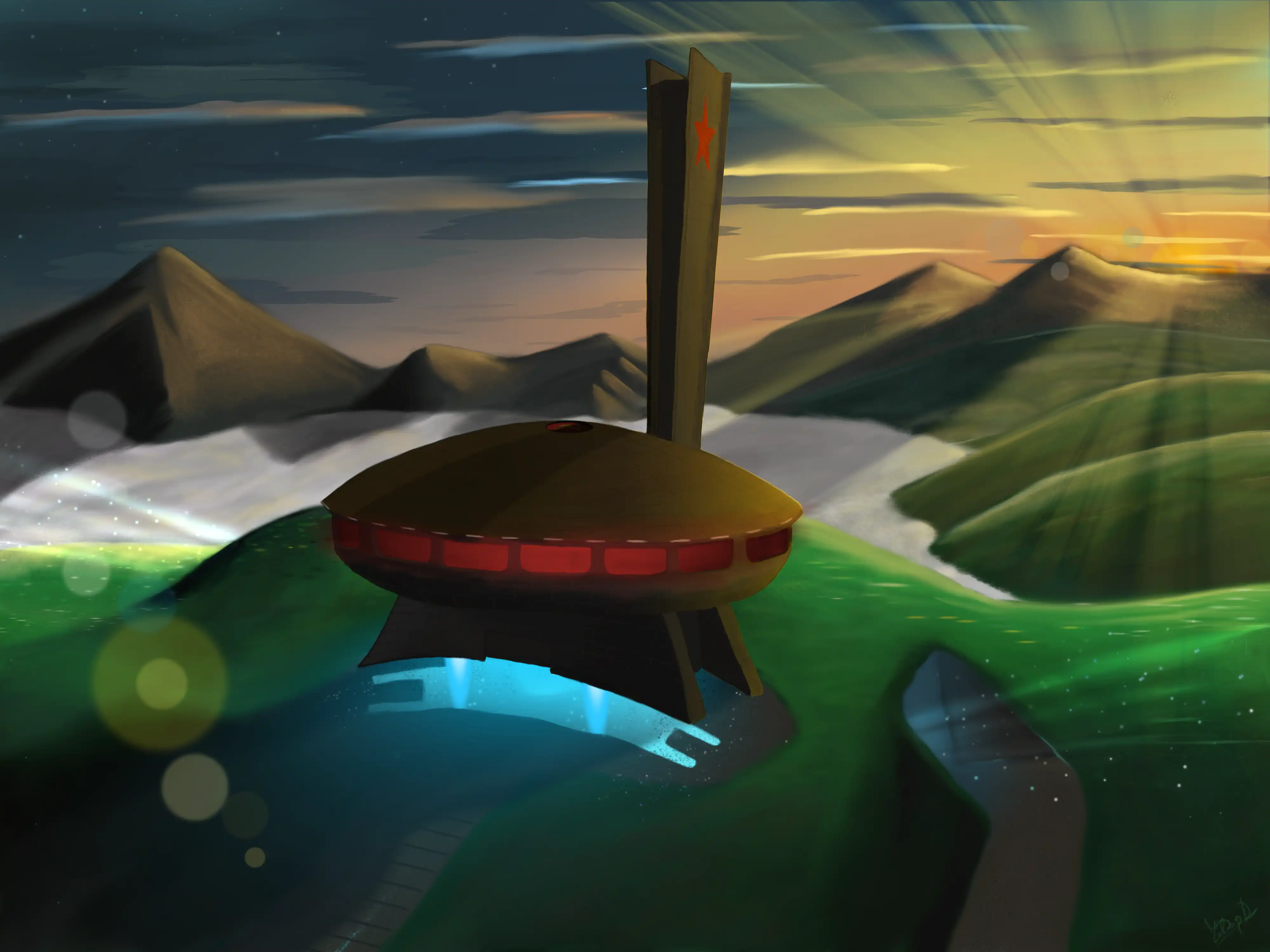
A drawing of the Buzludzha monument flying away into space. The monument always reminded me of a sci-fi spaceship so I decided to draw it that way. Read more
Published:
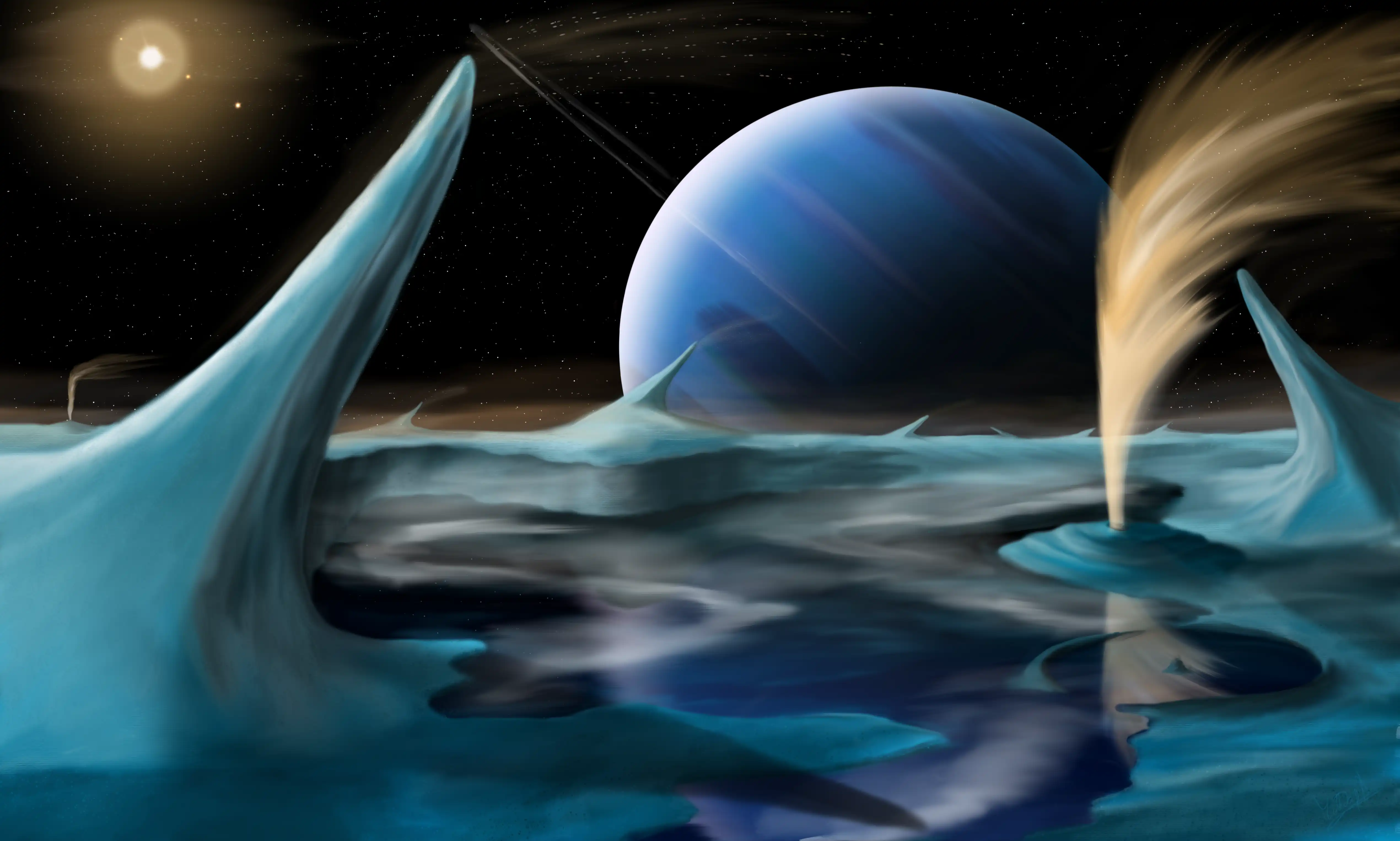
A drawing of Neptune as seen from its moon Triton. Some natural phenomena specific to Triton are visible - liquid nitrogen geysers and lakes. Triton has a very thin atmosphere, but it should form nitrogen mist near the surface. Triton’s surface is new as it has tectonic activity, but there might be a few craters here and there, as the one seen on the drawing. Read more
Published:
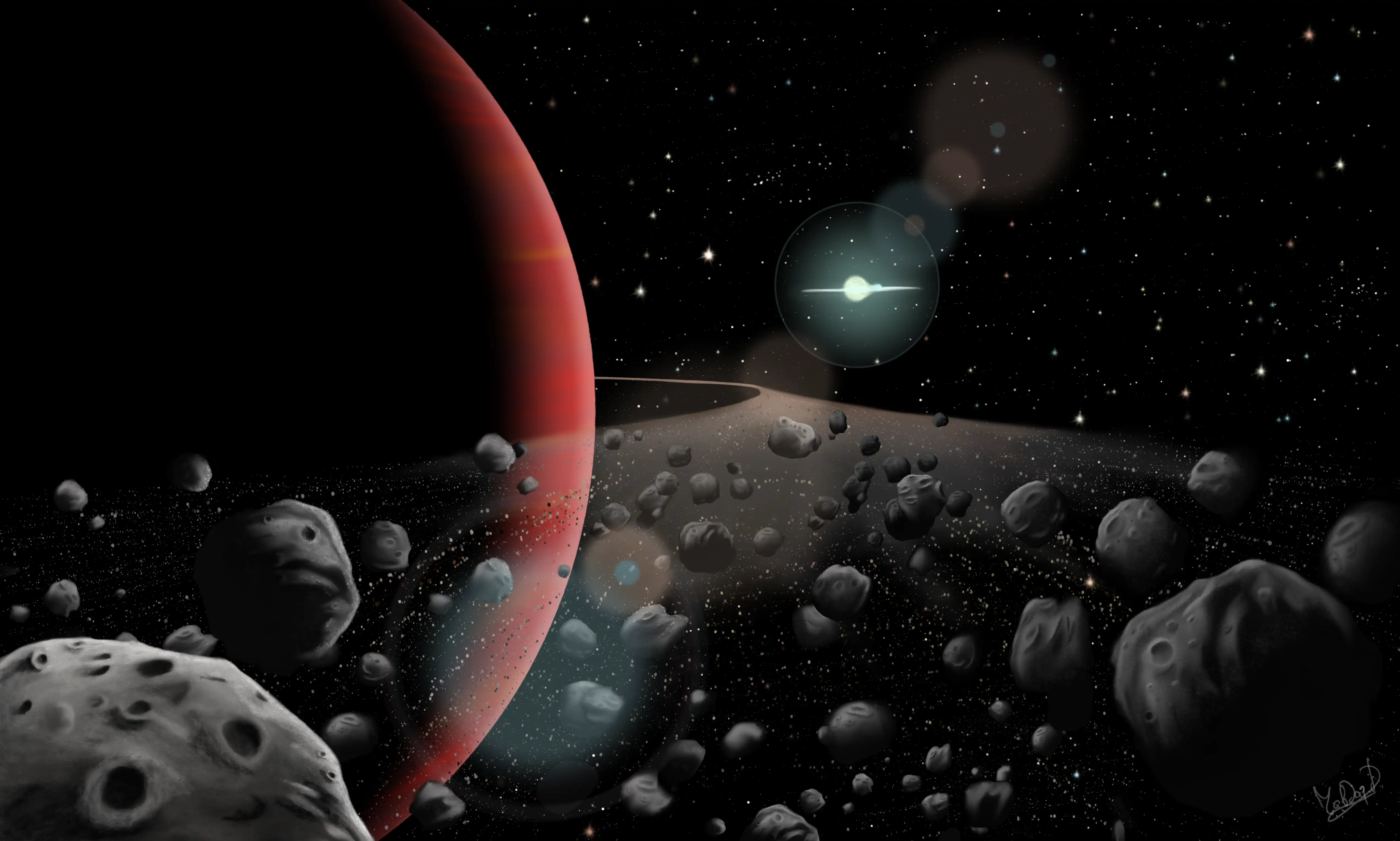
A view of a red gas giant planet near its ring. Read more
Published:
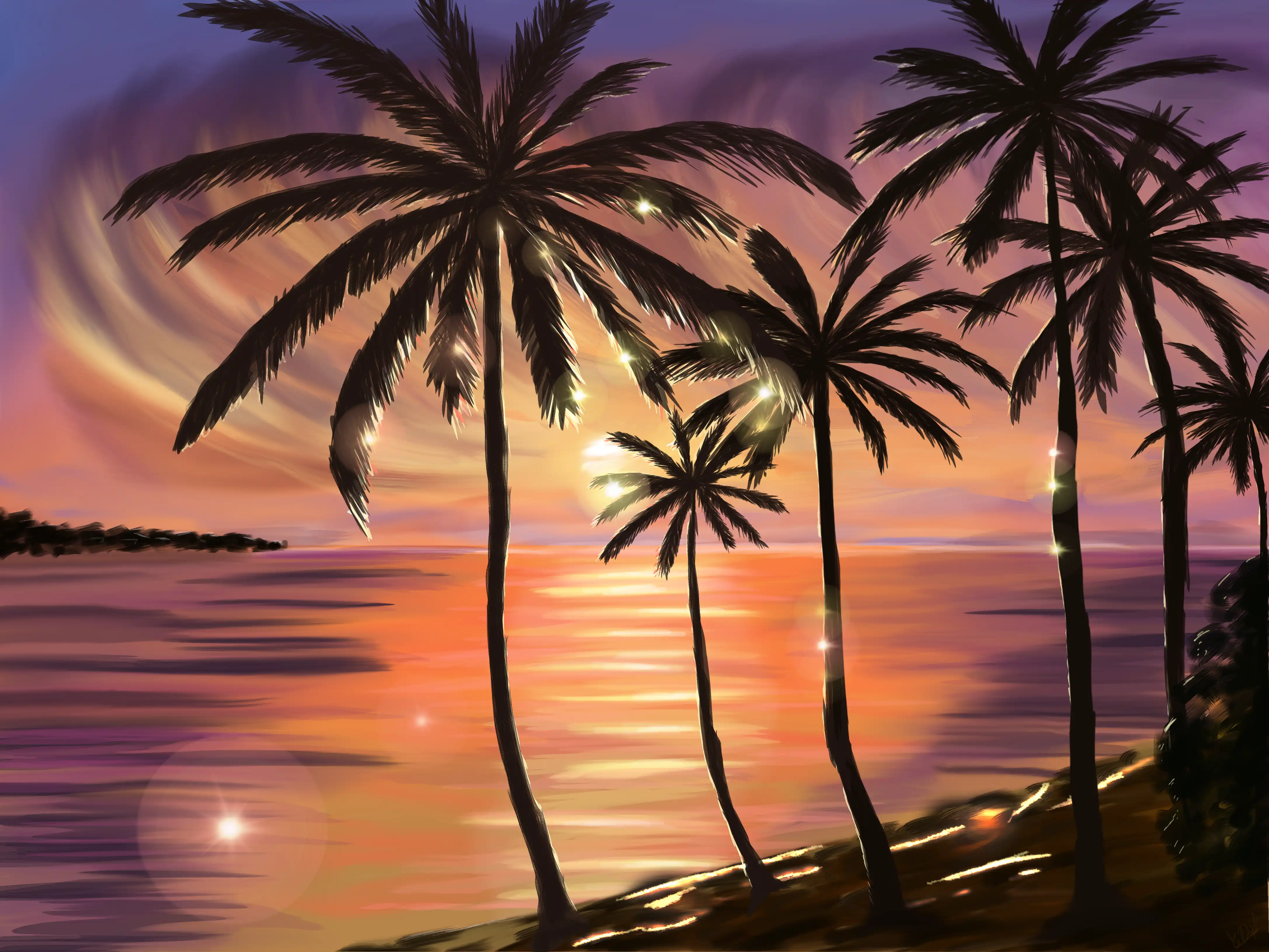
Drawing of palms on the beach during sunrise. It was heavily inspired by a drawing I saw on the PenUp app by this author. Read more
Published:
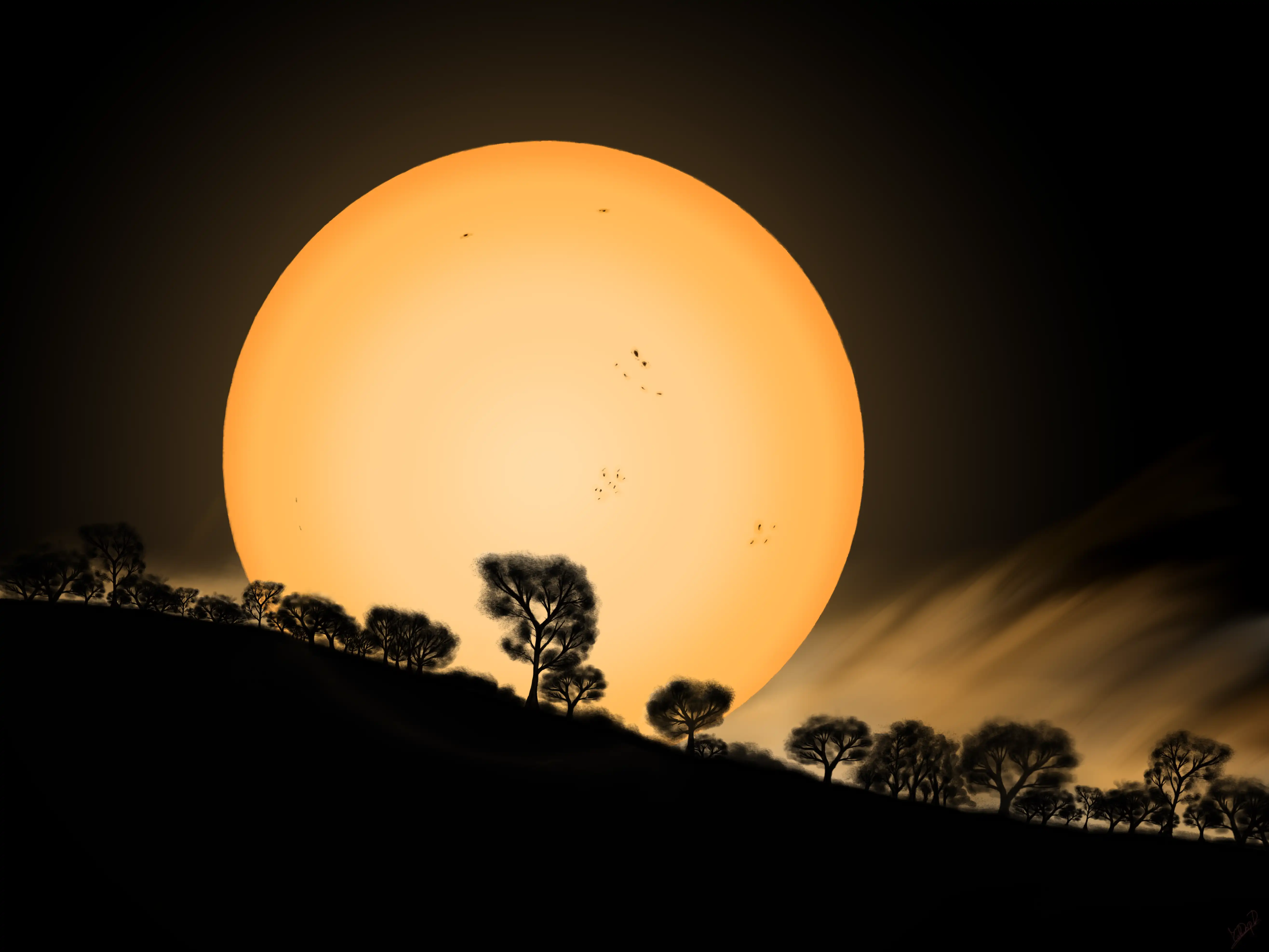
Digital drawing of the Sun rising behind a hill. Read more
Published:
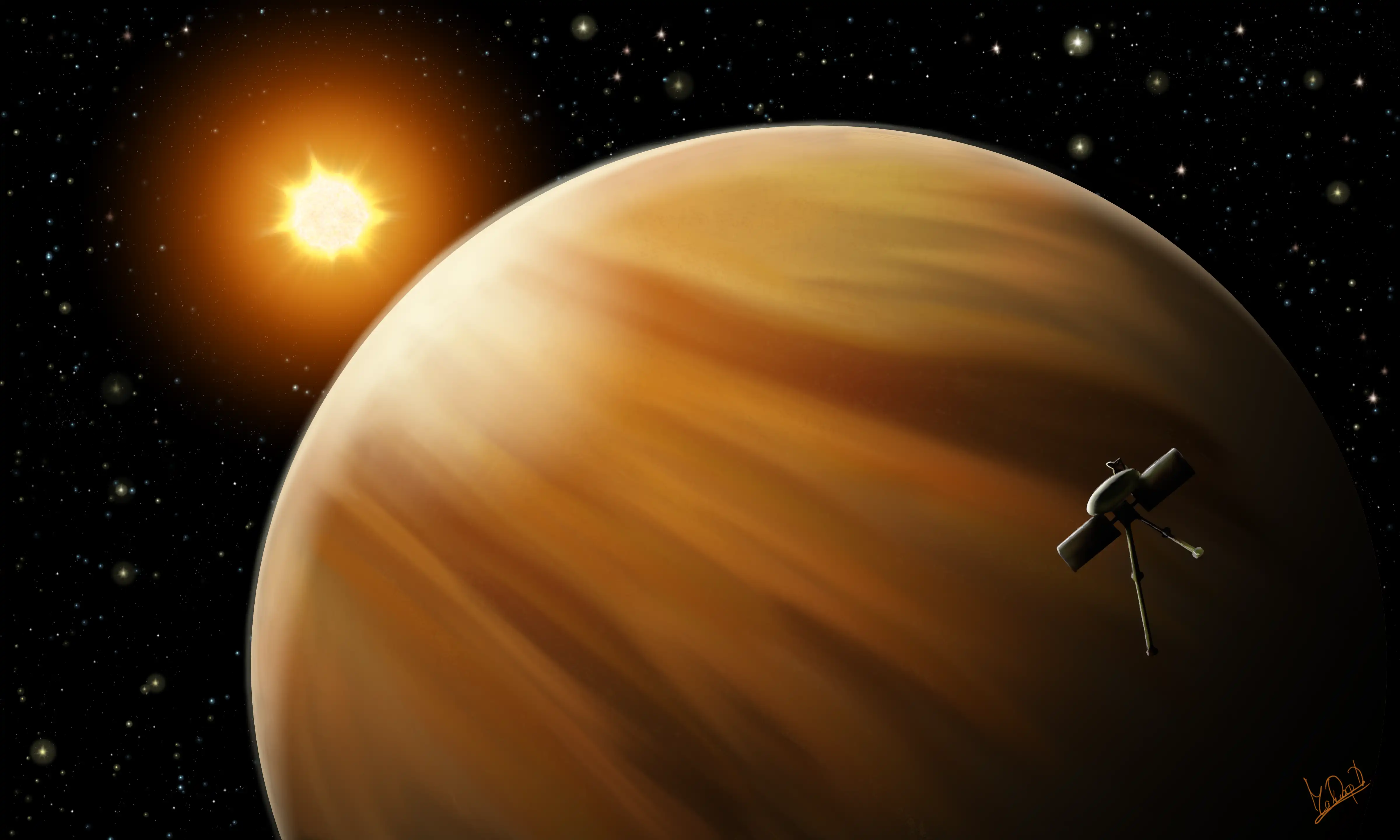
A drawing of the Mariner 10 spacecraft passing near Venus on its long journey to Mercury. Read more
Published:
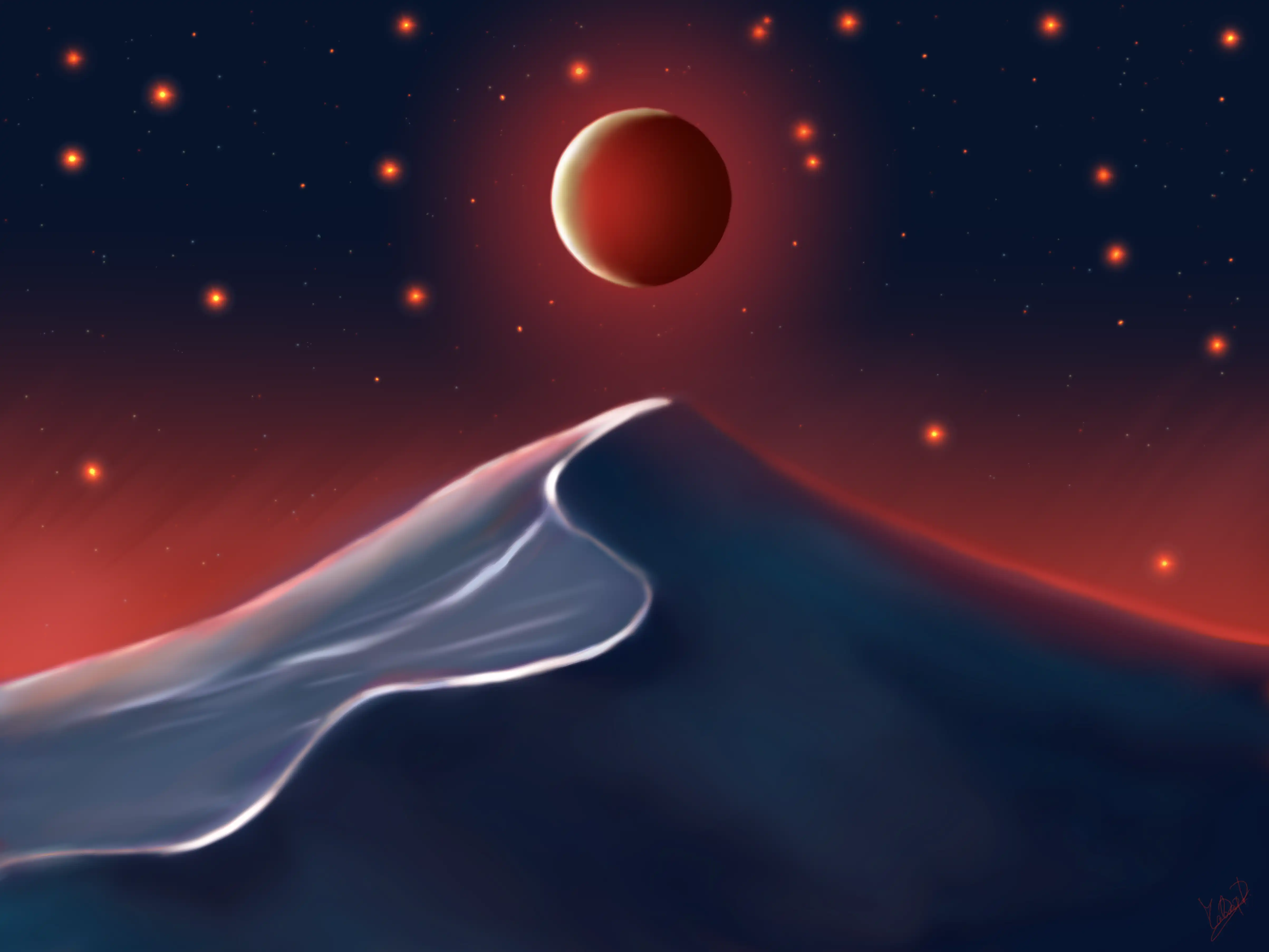
A drawing of a blood red moon over a sand dune. I drew it in anticpation of the new Dune movie. Inspired by the style of this artist. Read more
Published:
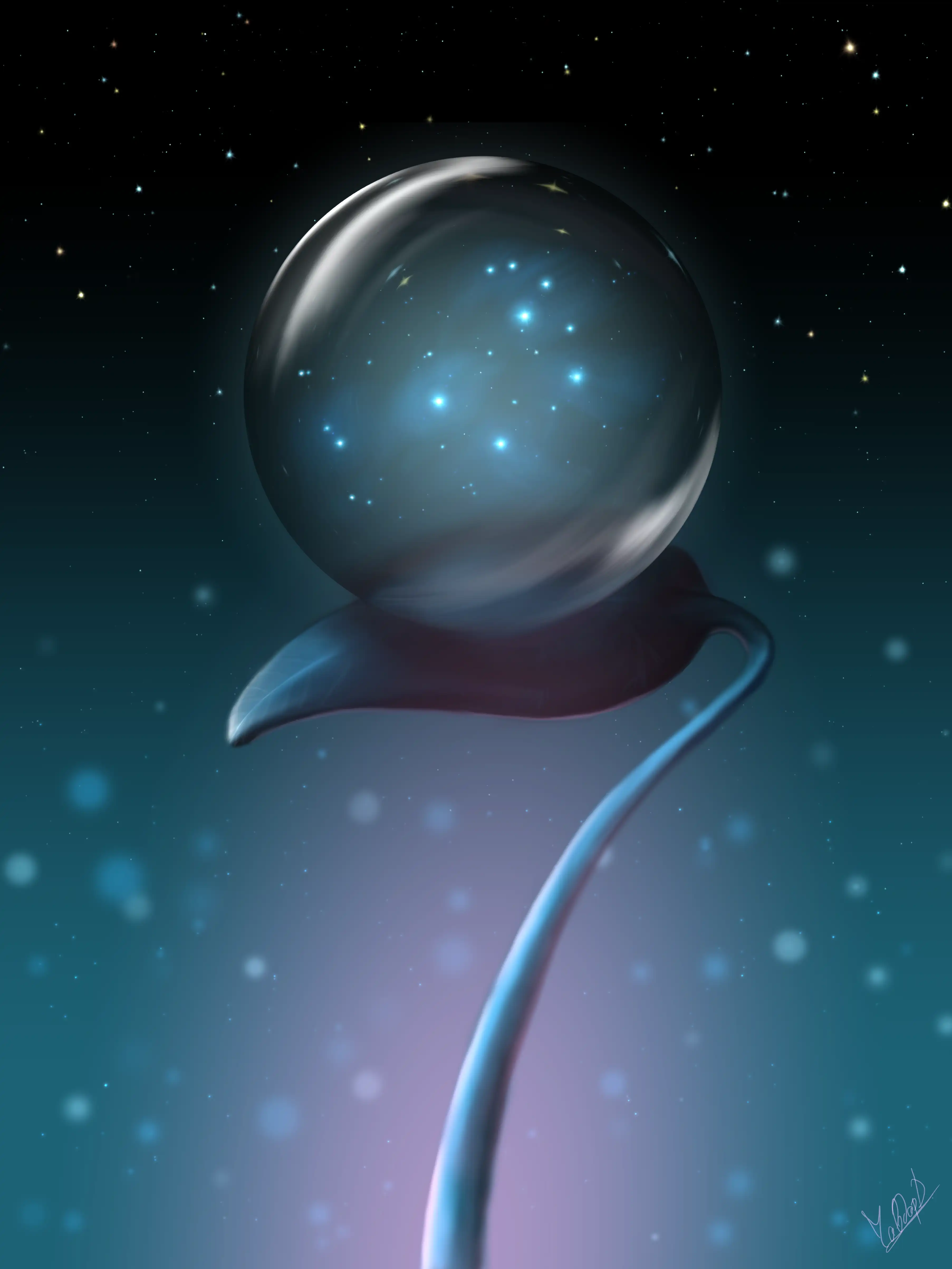
Drawing of the Pleiades visible in a drop of water fallen on a leaf. Read more
Published:

Drawing of the Andromeda galaxy. It was supposed to be part of a more complex picture, but I liked it the way it is. Read more
Published:
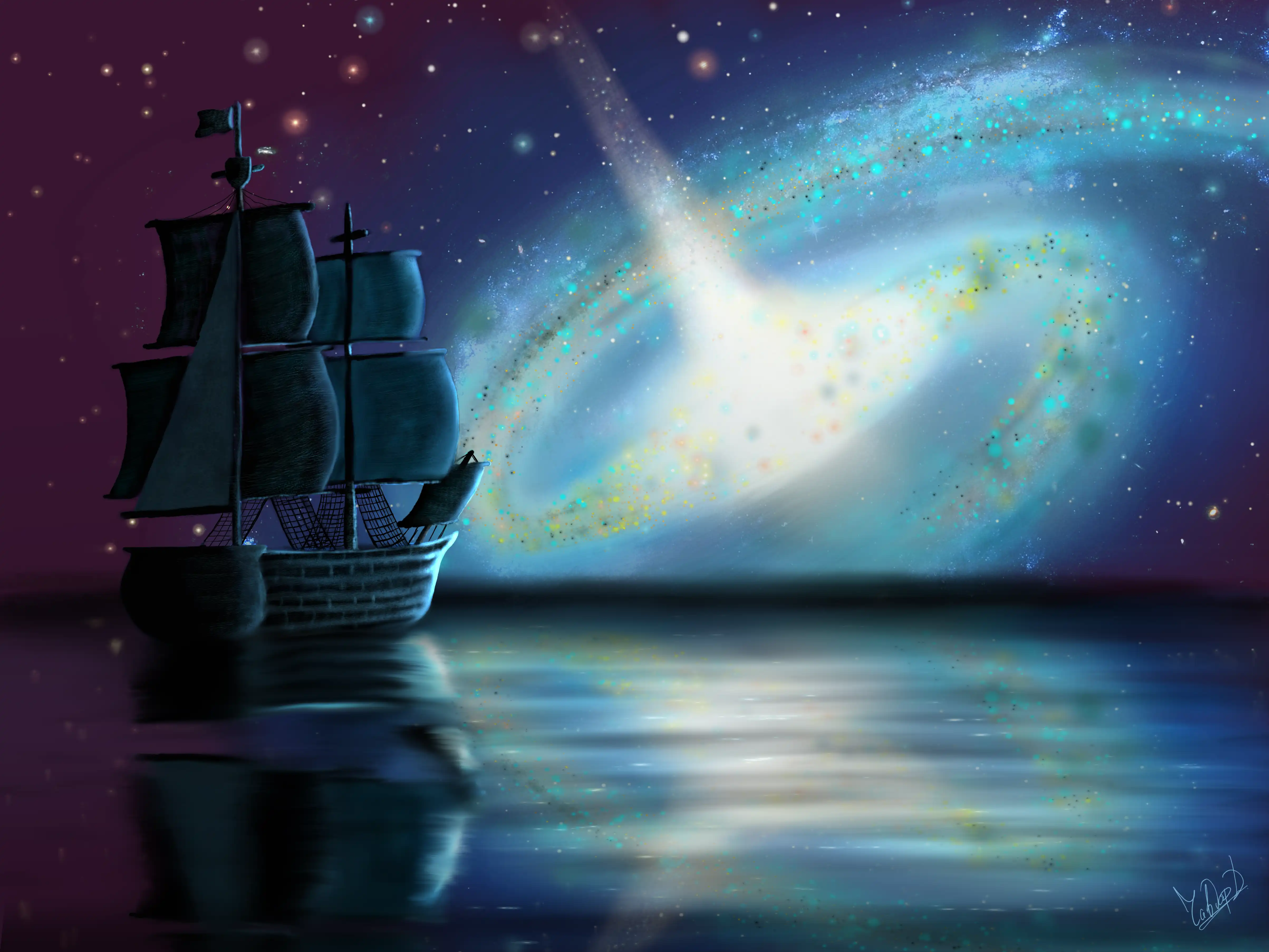
A ship sailing towards an unknown land - his path illuminated by a distant galaxy. Read more
Published:
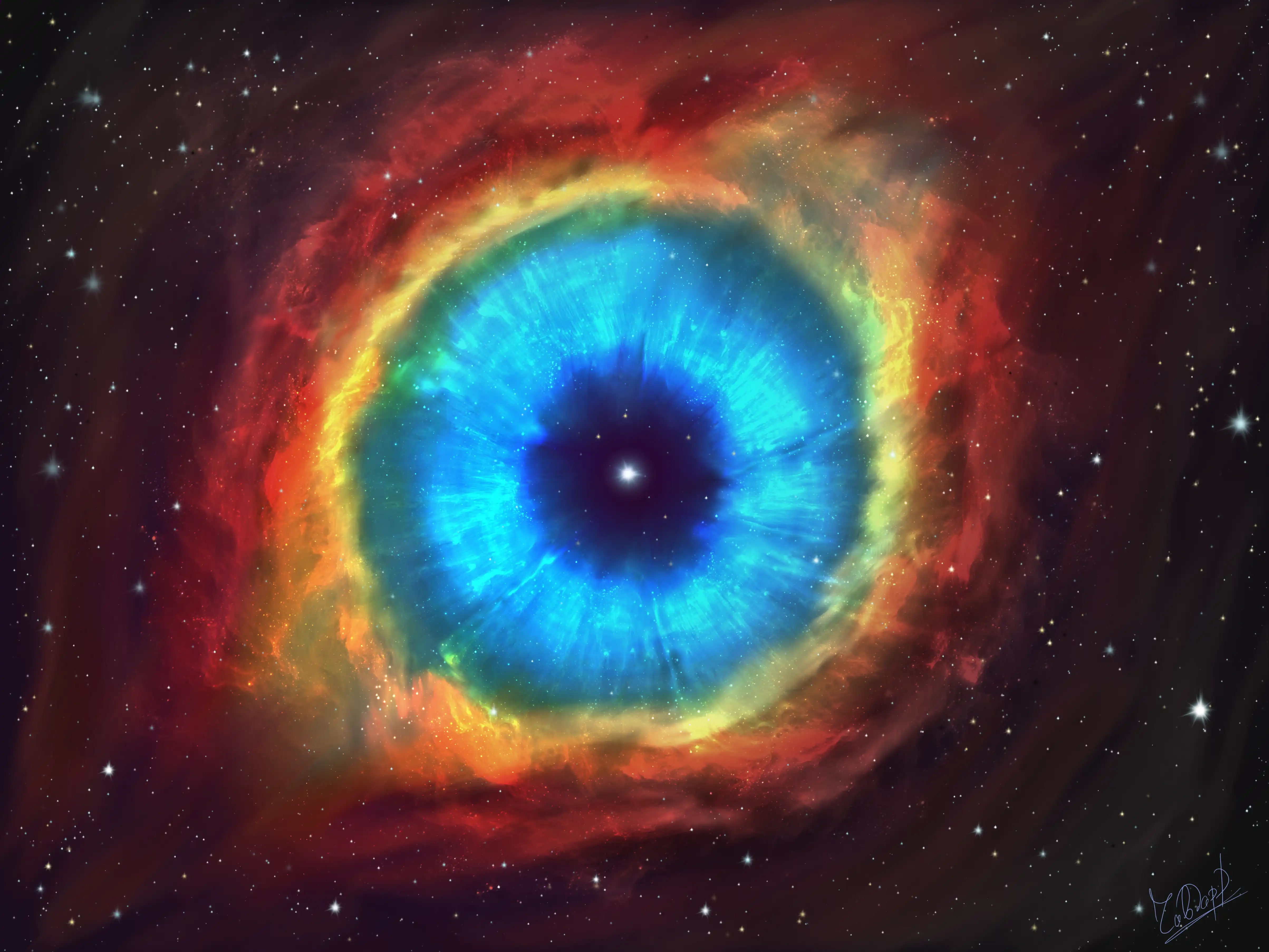
Drawing of the planetary nebula Messier 57 (Ring Nebula). Read more
Published:
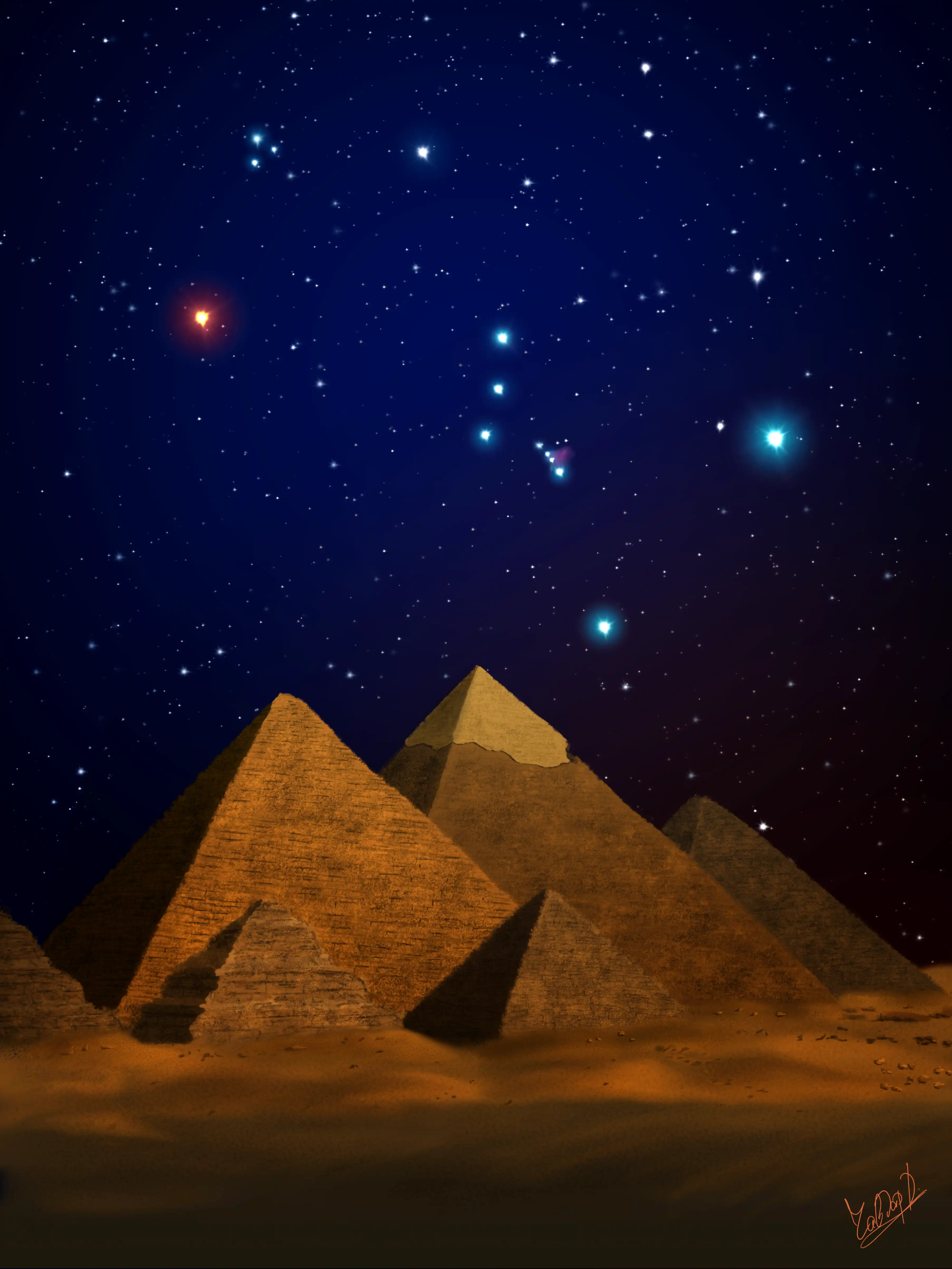
Orion the hunter rising over the Great Pyramides. Read more
Published:
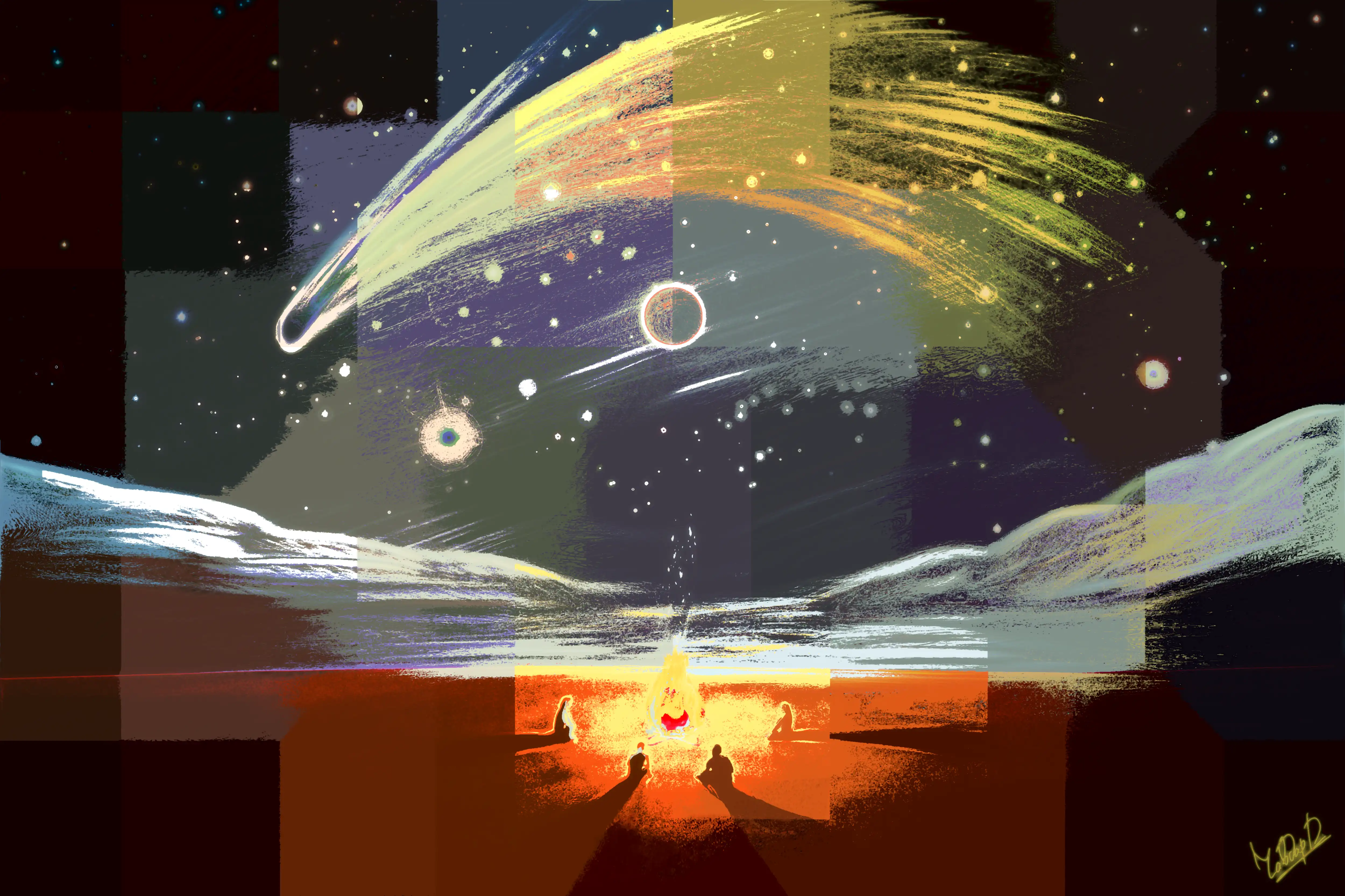
Here I wanted to experiment with something different. I drew a ‘normal’ picture using the Sketchbook app. Then I used GIMP to add a different character to it. First I used the ‘Sobel’ edge detection algorithm and then I applied some method that clusters the colors in the image. You can see below the end result and after that the original image. Read more
Use Google Scholar for full citation Read more
Use Google Scholar for full citation Read more
Use Google Scholar for full citation Read more
Use Google Scholar for full citation Read more
Use Google Scholar for full citation Read more
Recommended citation: Krasimir Mitev, Chavdar Dutsov, Ludmil Tsankov, Strahil Georgiev, Mityo Mitev, Nikolay Markov, Todor Todorov, "Design and Field Tests of Scintillation Spectrometer for Continuous Radon in Soil-gas Monitoring." In the proceedings of 2018 IEEE Nuclear Science Symposium and Medical Imaging Conference Proceedings (NSS/MIC), 2018.
This work presents a comparison of two different logics for imposing extending-type dead-time in TDCR measurements: the common dead-time (CDT) and the individual dead-time (IDT) counting logics. Read more
This paper presents analytical and experimental methods to evaluate the accidental coincidence counting rates in a Triple-to-Double Coincidence Ratio (TDCR) Liquid Scintillation (LS) measurement. Read more
This paper presents studies of the influence of the coincidence resolving time on the activity calculated by the Triple-to-Double Coincidences Ratio (TDCR) method in Liquid Scintillation (LS) counting. Recently, published methods for the correction for accidental coincidences in TDCR counting open the possibility to use resolving times up to several microseconds, long enough not to miss true coincidences and to study the effects of delayed fluorescence. Read more
This work explores the distribution of time intervals between signals from the photomultiplier tubes (PMTs) of a liquid scintillation counting (LSC) system when a scintillation burst caused by an ionizing particle is detected. This distribution is termed the cross-correlation distribution and it is shown that it contains information about the probability to detect a scintillation event. A theoretical model that describes the cross-correlation distribution is derived. The model can be used to estimate the mean number of detected photons in a LSC measurement, which allows the calculation of the detection efficiency. The theoretical findings are validated by Monte Carlo simulations and by experiments with dedicated LSC systems and several commercial LSC cocktails. The results show that some of the parameters of the cross-correlation distribution such as the peak height or the kurtosis can be used as detection efficiency estimators or quenching indicators in LSC. Thus, although the time domain and the cross-correlation distribution have received little to no attention in the practice of LSC, they have the capacity to bring significant improvements in almost all LSC applications related to activity determination. The results also suggest concepts for Read more
This work presents measurements of the half-lives of excited nuclear states of 237Np and 57Fe using a liquid scintillation spectrometer and a gamma detector. A novel approach for the determination of the half-lives of some excited states is presented which uses only LS counting data from a detector with two PMTs. Read more
At the Paul Scherrer Institut (PSI), we are developing a high-precision apparatus with the aim of searching for the muon electric dipole moment (EDM) with unprecedented sensitivity. The underpinning principle of this experiment is the frozen-spin technique, a method that suppresses the spin precession due to the anomalous magnetic moment, thereby enhancing the signal-to-noise ratio for EDM signals. Read more
Fast code to analyze 100+ GB of digitizer files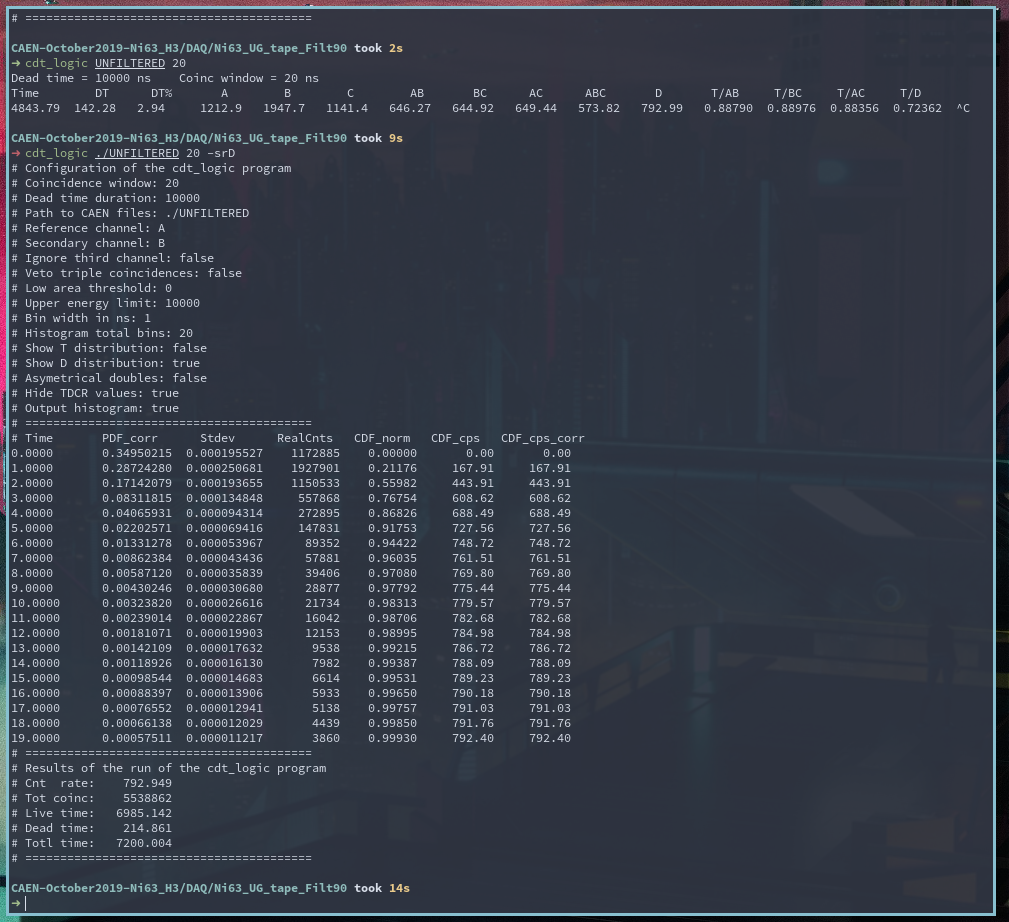
Read more
Store and organize large amount of measurements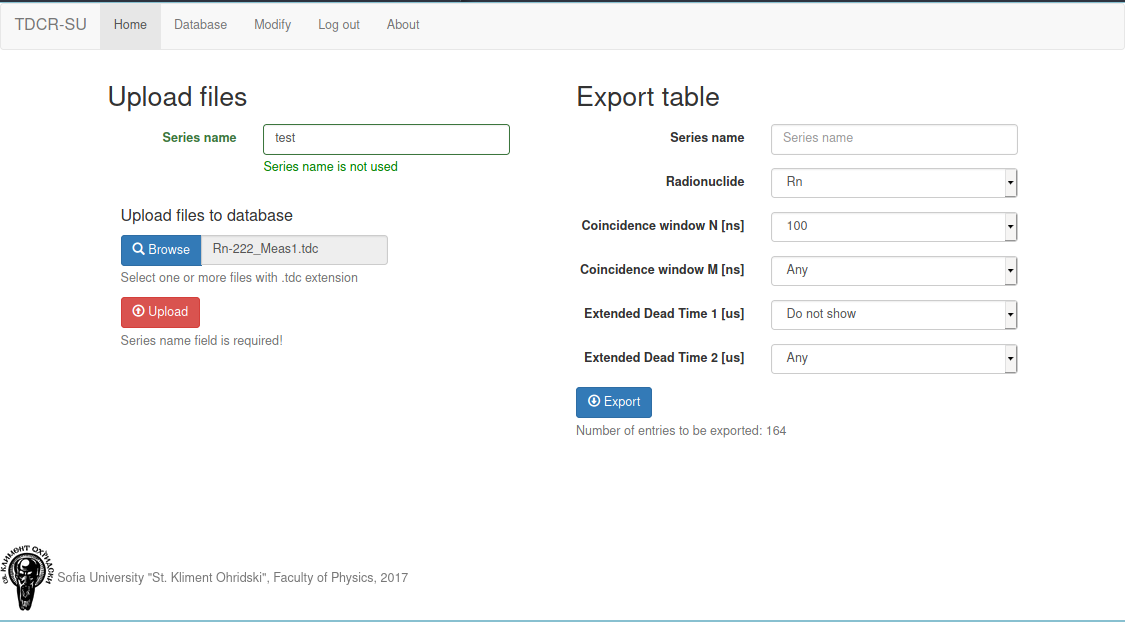
Read more
Software to analyze large amounts of TDCR measurements suited for radionuclide metrology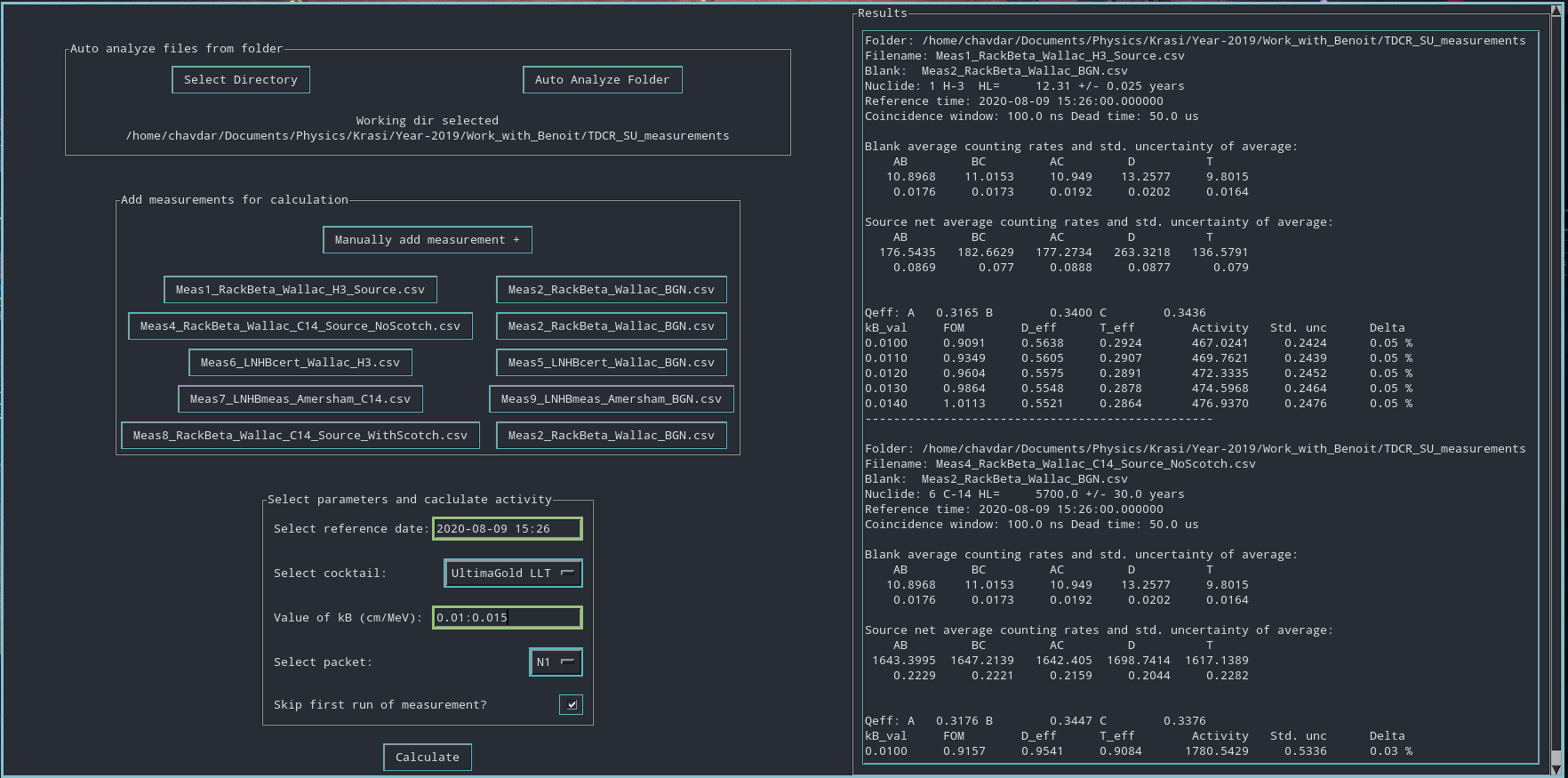
Read more